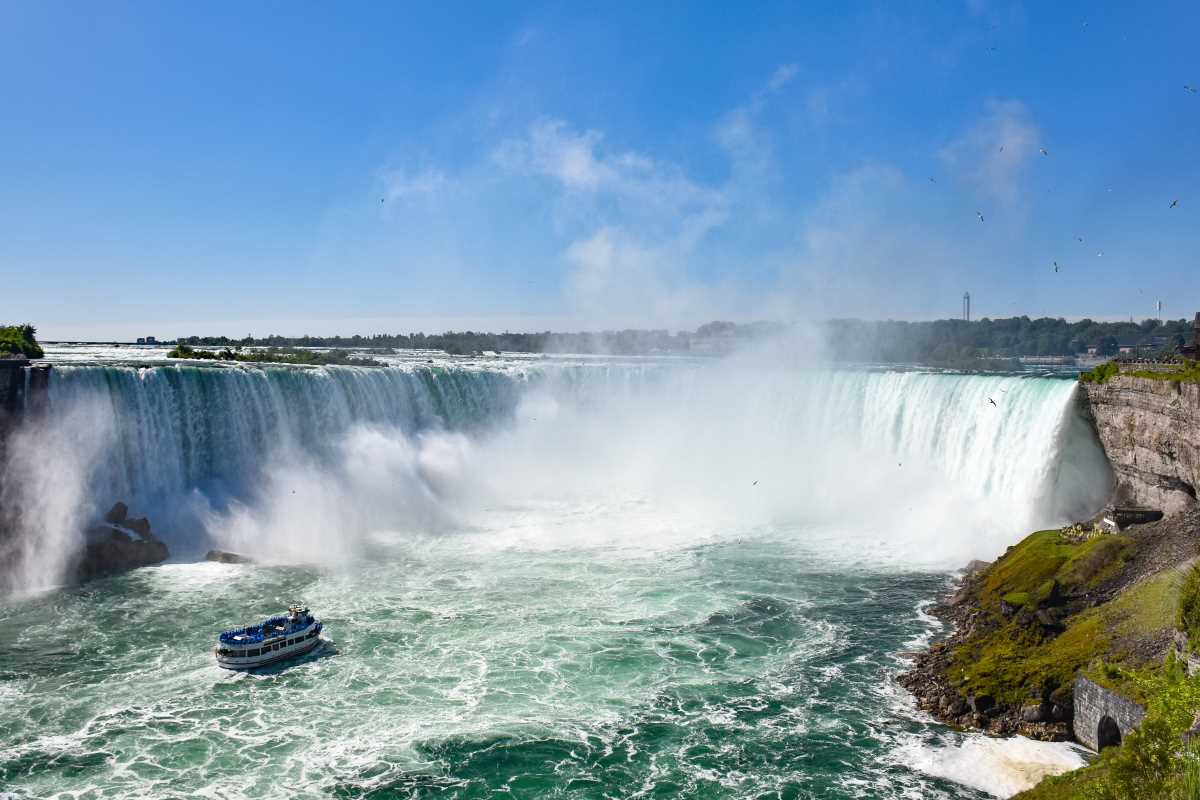Few experiences rival standing in front of the Giza Pyramids, marveling at these ancient monuments that have stood the test of time. Built over 4,500 years ago, they are more than just architectural wonders; they’re a doorway to history and a testament to civilization’s ingenuity.
Whether you’re drawn to the pyramids by their storied past or you just want the ultimate travel photo, this visit will stay with you forever. However, exploring the pyramids can be overwhelming without preparation. From what to wear to understanding cultural norms, this guide is here to ensure your trip is everything you’ve dreamed of and more.
When to Visit for the Best Experience
Timing is key when visiting the Giza Pyramids. Egypt’s summers are brutally hot, so the cooler months from October to April are the most comfortable for touring. Temperatures during this period typically range from 60-75°F (15-24°C), making it easier to enjoy your day outdoors.
Early mornings are the best time to visit. The site opens around 7 AM, and arriving early means fewer crowds and a chance to appreciate the pyramids in peace. The soft morning light is also ideal for photography, highlighting the golden hues of the desert and stones.
How to Reach the Pyramids
The pyramids are located about 30-45 minutes from central Cairo, making them an accessible day trip. There are several ways to get there, depending on your budget and preference:
- Ride-Share Apps or Taxis: Apps like Uber and Careem are reliable, affordable, and safer than hailing a taxi off the street. The one-way cost will generally range from $5-$10.
- Public Transport: For the adventurous traveler, public options like buses or minibuses can get you close to the pyramids inexpensively. However, navigating these requires some knowledge of Arabic or help from locals, and it’s less comfortable.
- Guided Tours: A popular choice for first-time visitors, guided tours often include transport, tickets, and a knowledgeable guide. These tours streamline the experience, making them a worthwhile investment for travelers seeking convenience and context.
Tickets and Entry Information
Once you arrive at the site, you’ll find various ticket options depending on how much you want to explore. A general entry ticket grants you access to the Giza Plateau, where you can see the Great Pyramid of Khufu, the Sphinx, and the smaller pyramids. This ticket costs approximately $6 USD.
For those who are more adventurous, tickets to explore the interiors of the Great Pyramid or one of the smaller pyramids are available for an additional fee (around $12 USD for the Great Pyramid). While the interior tours are fascinating, they involve steep staircases and tight spaces. If you’re prone to claustrophobia, this might not be the best activity for you.
To avoid long queues, consider arriving as early as possible. Not only will you dodge the crowds, but you’ll also escape the heat of the midday sun.
What to Bring
The desert environment of the Giza Plateau can be harsh, so dressing appropriately is crucial. Lightweight and breathable clothing is a must, and while Egypt is used to tourists, modest clothing covering your shoulders and knees is appreciated out of respect for the local culture.
Comfortable walking shoes are non-negotiable. The ground is sandy, uneven, and sometimes rocky, making sturdy footwear essential. Bring a wide-brimmed hat, sunglasses, and sunscreen for sun protection, as well as plenty of water to stay hydrated throughout your visit.
A small backpack with essentials like a scarf, snacks, and cash in Egyptian pounds is also helpful. Credit cards generally aren’t accepted for tickets or purchases made near the pyramids, and cash comes in handy for everything from camel rides to tipping local guides.
Exploring the Giza Plateau
The Great Pyramid of Khufu
The Great Pyramid stands as a jaw-dropping feat of engineering and endurance. Its massive size and intricate construction continue to baffle experts. Walking around its base will give you a sense of its scale, but venturing inside is another level of adventure (literally!). Be ready for steep climbs and narrow corridors if you choose to explore its inner chambers.
The Sphinx
No trip to the pyramids is complete without visiting the enigmatic Sphinx. This half-human, half-lion statue sits near the pyramids and has stood as the guardian of the plateau for millennia. Its immense size and fine detailing are awe-inspiring in person, though it’s smaller than some visitors expect.
Camels, Horses, and Photos
Camels are a quintessential part of an Egyptian adventure, and rides are offered all around the plateau. Always negotiate the price upfront to avoid overpaying, and make sure the cost includes a return trip (some guides may conveniently “forget” this). Even if you’re not interested in riding, the camels and their ornately decorated saddles make for perfect photo opportunities.
Hiring a certified guide can elevate your experience. Guides often share fascinating anecdotes and explain the pyramids’ history and construction in a way plaques cannot. However, be cautious when selecting a guide, as uncertified individuals may overcharge or provide little value.
Expect to encounter vendors selling souvenirs, snacks, and photo ops. Some can be overbearing, but a polite yet firm “No, thank you” will usually suffice.
After a day’s exploration, consider staying for the sound and light show in the evening. Through dramatic narration and colorful illuminations, the pyramids’ history is recounted in an atmospheric performance against the serene backdrop of the desert.
Beyond Giza
If time allows, expand your pyramid exploration to nearby archaeological treasures. Saqqara is home to the Step Pyramid of Djoser, the world’s oldest complete stone structure. Dahshur, with its uniquely shaped Bent Pyramid and the red limestone Red Pyramid, offers a quieter alternative to Giza.
For a deeper understanding of ancient Egypt, plan a visit to the Egyptian Museum in central Cairo. Housing thousands of artifacts, including treasures from King Tutankhamun’s tomb, it provides context and depth to your onsite discoveries.







